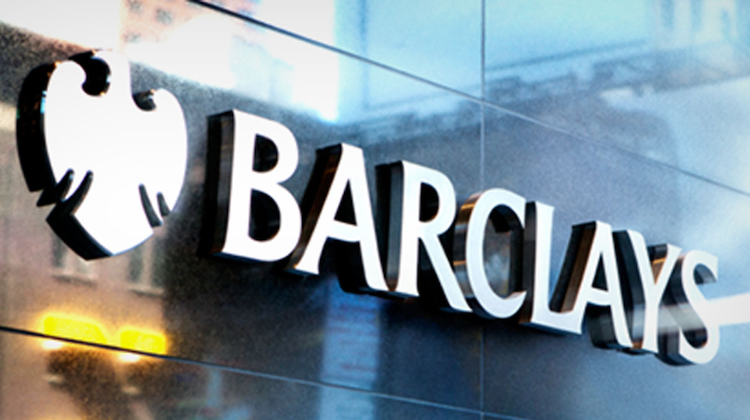Modern Marketing
How Barclays is growing its brand ahead of its US bank expansion
- Since its 2004 acquisition of Juniper Bank, Barclays US has grown its name in the shadow of retail partners
- The co-branding strategy has fueled growth of the Barclays name and offers an entry point for retail banking





